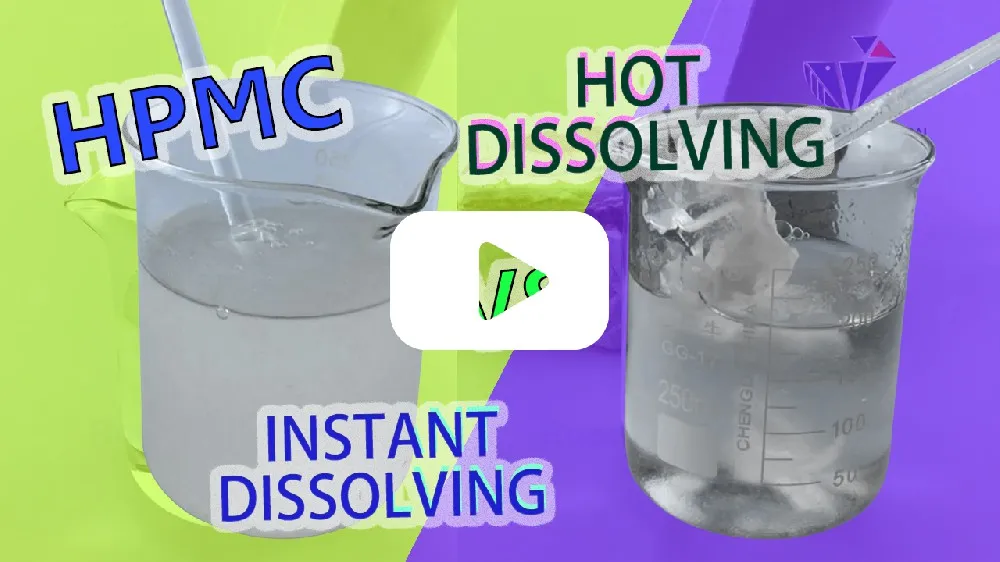
Dec . 19, 2024 23:54 Back to list
hydroxypropyl methyl cellulose hs code
Understanding Hydroxypropyl Methyl Cellulose (HPMC) and Its HS Code
Introduction
Hydroxypropyl Methyl Cellulose (HPMC) is a versatile, non-ionic, cellulose-based polymer commonly used across various industries, including pharmaceuticals, food, cosmetics, and construction. With its unique properties, such as water retention, thickening, emulsification, and film-forming, HPMC has become an essential ingredient in many applications. An important aspect of international trade is the classification of goods, which is facilitated through the use of Harmonized System (HS) codes. In this article, we will delve into the significance of HPMC, its applications, and the relevance of its HS code.
What is HPMC?
HPMC is a chemically modified form of cellulose, a natural polymer derived from plant cell walls. The modification process involves the substitution of hydroxyl groups in cellulose with hydroxypropyl and methyl groups, which significantly enhances its solubility in water and stability in various pH conditions. HPMC is often encountered as a white to off-white powder and is odorless and tasteless, making it suitable for diverse formulations.
Applications of HPMC
1. Pharmaceuticals In the pharmaceutical industry, HPMC is extensively used as a binder in tablet formulations, a thickening agent in ophthalmic solutions, and a film-forming agent in coatings. Its controlled release properties are crucial for developing sustained-release formulations, thus improving patient compliance.
2. Food Industry HPMC is used as a food additive under the E-number E464. It acts as a stabilizer, thickener, and emulsifier in various products such as sauces, dressings, and ice creams. Its ability to retain moisture is particularly valued in bakery products, enhancing texture and shelf life.
3. Cosmetics In cosmetic formulations, HPMC serves as a thickener, emulsifying agent, and film-forming agent. Common products that utilize HPMC include shampoos, conditioners, and lotions, where it contributes to the desired texture and conditioning properties.
hydroxypropyl methyl cellulose hs code

4. Construction HPMC is included in cement-based products like adhesives, grouts, and mortars. It enhances workability and improves the adhesion of mortars to surfaces, making it a critical component in modern construction materials.
HS Code for HPMC
The Harmonized System (HS) code is an internationally standardized system of names and numbers for classifying traded products. Each product is assigned a specific HS code that helps in the identification and regulation of international trade. For Hydroxypropyl Methyl Cellulose, the HS code is generally classified under 3912 - Cellulose and its chemical derivatives, not elsewhere specified or included.
Understanding the correct HS code is essential for businesses involved in the import or export of HPMC. The classification not only affects tariffs and trade regulations but also determines compliance with safety standards and product labeling requirements.
Conclusion
Hydroxypropyl Methyl Cellulose (HPMC) is an indispensable ingredient across various industries due to its remarkable properties and versatility. As a substance widely used in pharmaceuticals, food, cosmetics, and construction, its significance cannot be overstated. Moreover, the importance of the HS code associated with HPMC facilitates international trade and ensures adherence to regulations.
For businesses and manufacturers involved in the production or distribution of HPMC, understanding its applications and the related HS code is crucial for navigating the complexities of global commerce. By ensuring the correct classification and adhering to relevant regulations, stakeholders can optimize their supply chains, achieve compliance, and contribute positively to their respective markets.
In summary, HPMC not only plays a pivotal role in improving product formulations across several industries but also highlights the importance of proper classification in international trade, ensuring smooth transactions and regulatory compliance in a fast-paced global economy.
-
Versatile Hpmc Uses in Different Industries
NewsJun.19,2025
-
Redispersible Powder's Role in Enhancing Durability of Construction Products
NewsJun.19,2025
-
Hydroxyethyl Cellulose Applications Driving Green Industrial Processes
NewsJun.19,2025
-
Exploring Different Redispersible Polymer Powder
NewsJun.19,2025
-
Choosing the Right Mortar Bonding Agent
NewsJun.19,2025
-
Applications and Significance of China Hpmc in Modern Industries
NewsJun.19,2025







